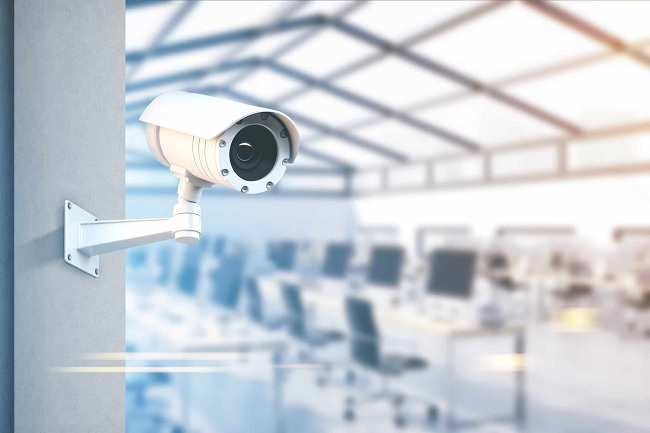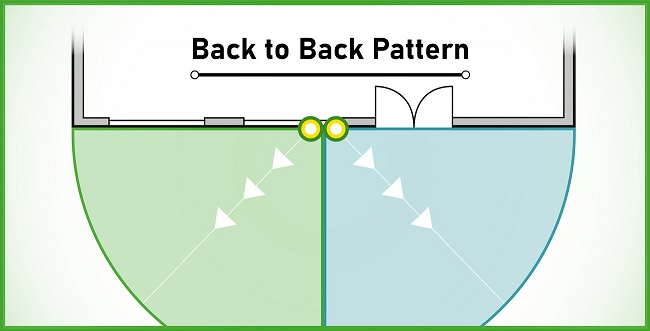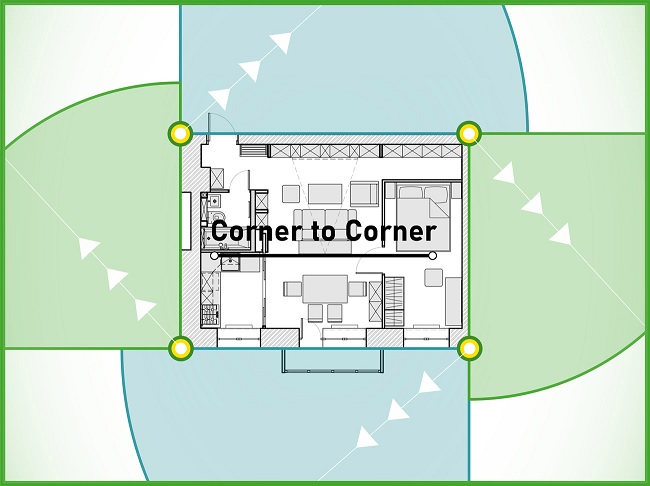
Business Surveillance Camera: Where is the best place to install?
Many business owners install security cameras to protect their employees, customers, and valuable assets from costly dangers like internal or external theft and fraud. Surveillance cameras can help to reduce crime, but only if they are strategically located and properly installed. So, let’s look at where a security camera could be placed to take full use of it.
1. Determine Security Requirements
Businesses must identify potential security threats and weak spots that offer the greatest danger to their operations. The following are some examples of security threats:
- Across multi-site businesses, there is an inconsistent standard of safety.
- Lack of round-the-clock surveillance or blind areas on the property
- Low visibility at cash registers and other locations where money or credit card information is kept.
- Crime rates in the neighborhood.
- Points of entry or exit that are not secure.
Because no two firms are alike, it’s critical to pinpoint your specific areas of weakness. Your team can create a customized surveillance system based on these identified dangers that can discourage attackers while keeping an eye on employees.
2. Select the Most Appropriate Location
Surveillance cameras can be installed in a variety of settings. The following are some of the most common surveillance camera installation locations.
- Exits and Entrances
The cameras provide a clear view of anyone entering and exiting the building, which may serve as a deterrent to anyone considering committing a crime. Place the camera near anything that will grab the eye, such as a TV monitor or a conspicuous sign, if you want a clear view of a person’s face. The camera will catch a full picture when they turn to observe the object.
- Customer Interaction Points
When installing cameras in these locations, make sure they’re directed in the direction of where the client would stand and that they’re no more than seven feet tall. If you raise the camera higher, you’ll only have a good picture of the top of the customer’s head, which isn’t very useful for identifying suspects.
- Exterior
External security cameras would not only keep an eye on motorists in the parking area but also on staff receiving cargo at loading docks. The cameras might be used to capture vehicle plate numbers, aid law enforcement in the recovery of stolen goods, and give employees who are working late a sense of security when they enter the dimly lit parking lot.
3. Camera Installation Pattern
A few of the most typical viewing patterns are listed here. Each has its own set of advantages and disadvantages. The most effective design will be determined by your application.
- Mid Wall Pattern
Installing a camera in the middle of the wall and altering its view to be perpendicular to the wall. Although this placement is beneficial for some applications, security experts rarely utilize it since it creates a blind zone on each side of the camera. The broadest viewing angle without distorting the image is achieved with a 3.6mm lens. There are 180-degree cameras on the market, but they distort footage so horribly that it’s worthless from a distance.
- Back-to-Back Pattern
Place two cameras in the middle of the wall, back-to-back. This arrangement avoids the blind spots that can develop when employing a single camera in the middle of the wall.
- Corner to Corner
This is the most frequent design, and it has various advantages. It takes full advantage of each camera’s observing capabilities and covers the entire perimeter. All blind spots are eliminated when the cameras are situated as shown in the diagram below, and the cameras cannot be vandalized without the culprit being recorded by another camera.
4. Conclusion
Installing security cameras can protect your company and employees from damage. If you need help deciding which cameras would be best for your needs, welcome to visit: Shop Video Surveillance at Router-switch.com .
Explore Surveillance Products:
Related Topics:
5 Tips to Choose the Best IP Camera
CCTV Camera Vs Surveillance Camera (Table Comparison!)
3 Differences of Bullet Cameras, Dome Cameras and Turret Cameras
What are the Differences? Wired vs. WiFi vs. Wireless Cameras









